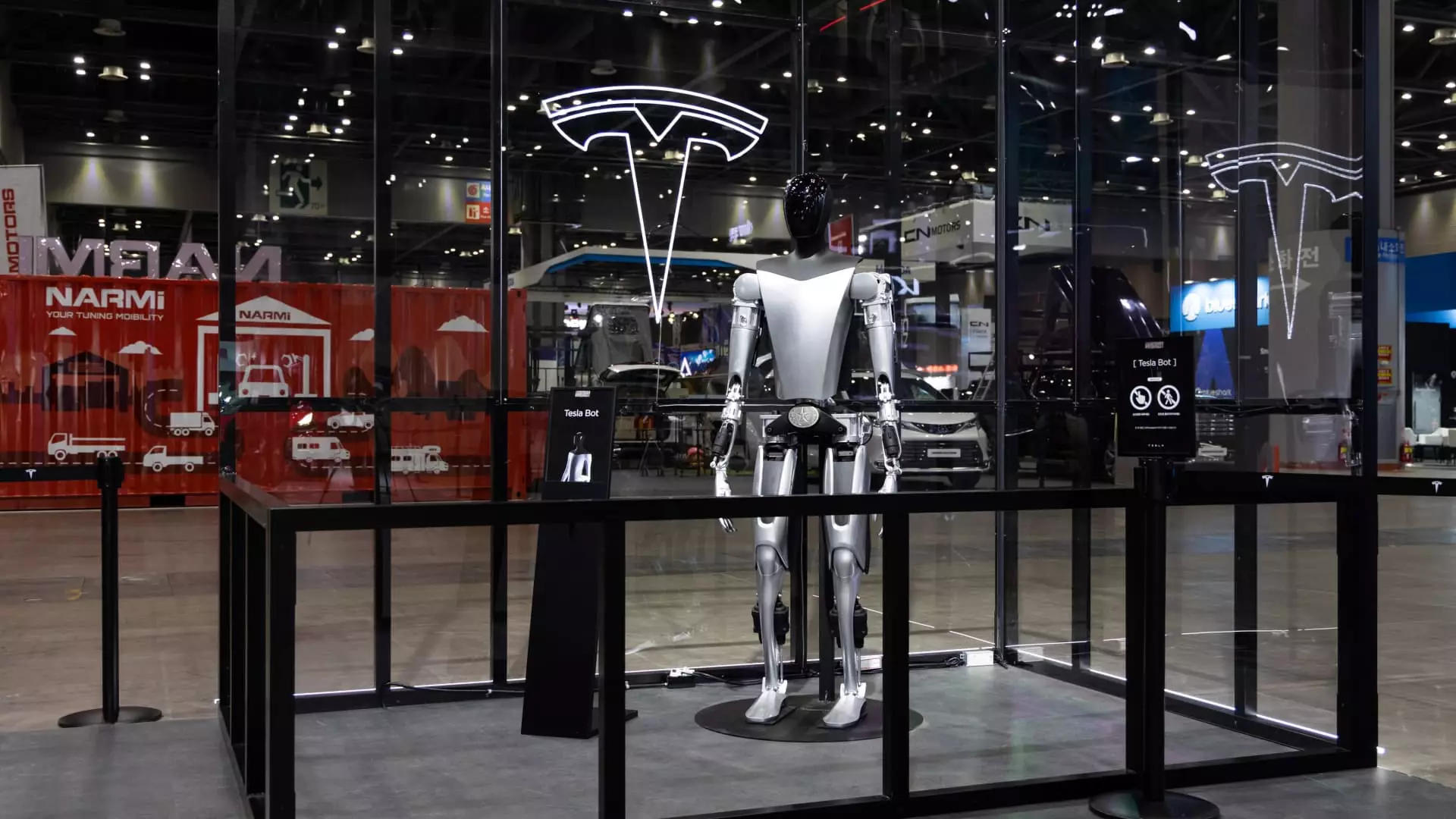Elon Musk, the CEO of Tesla, recently made some bold claims about the potential future of the company at the 2024 annual shareholder meeting. He introduced the concept of Optimus humanoid robots, suggesting that they could propel Tesla’s market cap to $25 trillion, surpassing even the current value of the S&P 500. This ambitious vision marks a significant departure for the electric vehicle manufacturer, signaling a new era for the company.
While Musk’s vision for Optimus robots performing tasks like cooking, cleaning, factory work, and even teaching children sounds revolutionary, there are still skeptics who question the feasibility of such a grand plan. The initial demonstration of Optimus robots folding laundry in a video was met with criticism from robotics engineers for its lack of autonomy. It remains to be seen whether Tesla can truly deliver on Musk’s promises for these humanoid robots.
Despite Musk’s optimism, Tesla faces significant challenges in realizing its vision for Optimus robots and achieving a market cap of $25 trillion. The company’s track record of ambitious promises that don’t always come to fruition, from self-driving software to battery swapping stations, raises doubts about the feasibility of Musk’s projections. Additionally, Tesla faces competition from established players in the robotics industry, such as Boston Dynamics, Agility, Neura, and Apptronik, who are also pursuing advancements in humanoid robots.
One concern that looms over Musk’s grand plans for Tesla is his extensive portfolio of commitments beyond the electric vehicle manufacturer. With ventures like SpaceX, The Boring Company, Neuralink, and xAI, Musk’s attention is divided among various projects, raising questions about his ability to devote sufficient focus to Tesla’s ambitious goals. Shareholders are left to wonder how central Musk’s role is in shaping Tesla’s future and whether his vision for the company’s expansion is realistic given his other commitments.
Despite the skepticism surrounding Musk’s plans for Optimus robots and Tesla’s market cap, there is no denying the company’s ambitious drive towards innovation. As Tesla grapples with challenges like a sales decline and increased competition, Musk’s emphasis on autonomous driving, robots, and artificial intelligence signals the company’s aspirations for growth and transformation. Whether Tesla can navigate these obstacles and turn Musk’s vision into reality remains to be seen. Only time will tell if Optimus robots will indeed be the catalyst for propelling Tesla to new heights in the automotive and robotics industries.
While Musk’s vision for Tesla’s future is undeniably ambitious, there are significant hurdles that the company must overcome to realize this vision. From skepticism about the feasibility of Optimus robots to questions about Musk’s ability to balance his various commitments, Tesla’s path to achieving a $25 trillion market cap is fraught with challenges. However, if Tesla can successfully leverage its advancements in technology and innovation, the company may indeed revolutionize the automotive and robotics industries in the years to come.


Leave a Reply